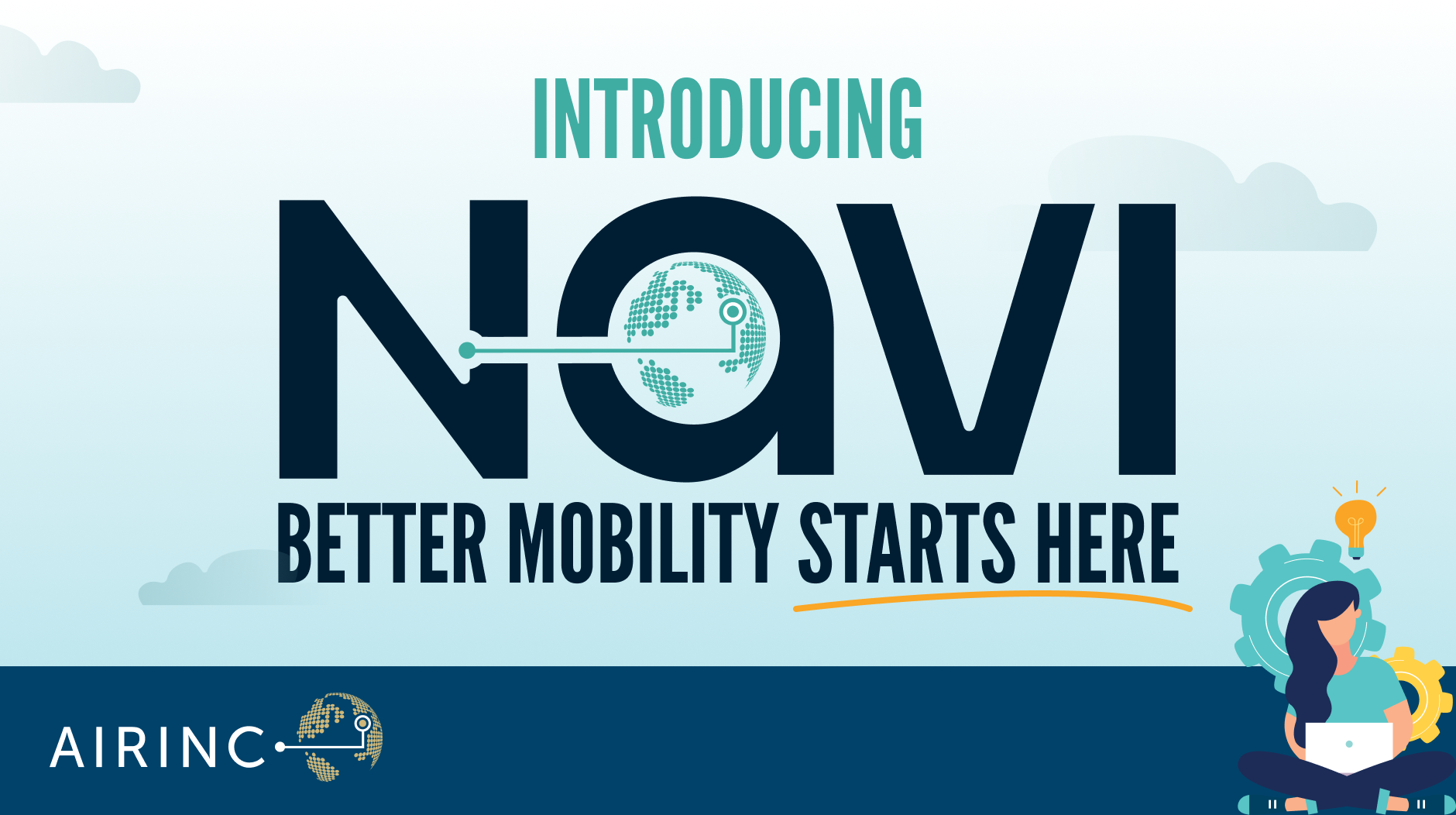In my prior blog post I proposed that mobility needs to support new audiences and to enable global talent strategies. To support these new audiences, it is no longer tenable to offer a suite of discrete policies to support the global deployment of talent. Policies tell us what the company will and will not cover. While governance is indeed needed, it can be executed in more creative ways.
I like to think of the modern policy suite as a platform of programs, or even products, that enable mobility in all forms to happen. The platform must adjust as different needs arise and act more like an accordion: self-contained, with a beginning and an end, but able to stretch and bend as needed.
To help with this type of approach, guardrails can be established that set out the minimum and maximum levels of possible support within the platform. These guardrails can be used to guide towards a solution for specific and regular needs, for example, an intern program or an executive relocation.
They can also be leveraged when mobility is called upon to creatively solve a new mobility need: M&A activity, temporary greenfield office start-ups, parking talent in a new country for immigration needs, helping employees and their families when they are involuntarily uprooted – these are all examples of when mobility needs to be flexible, creative, and ready to support new needs.
My colleague, Mike Wincott, shared his thoughts on this same topic in his paper, Revolutionize Your Mobility Program. Download the paper to see his take on how Mobility can serve new audiences.



%20(55).png)

%20(52).png)

